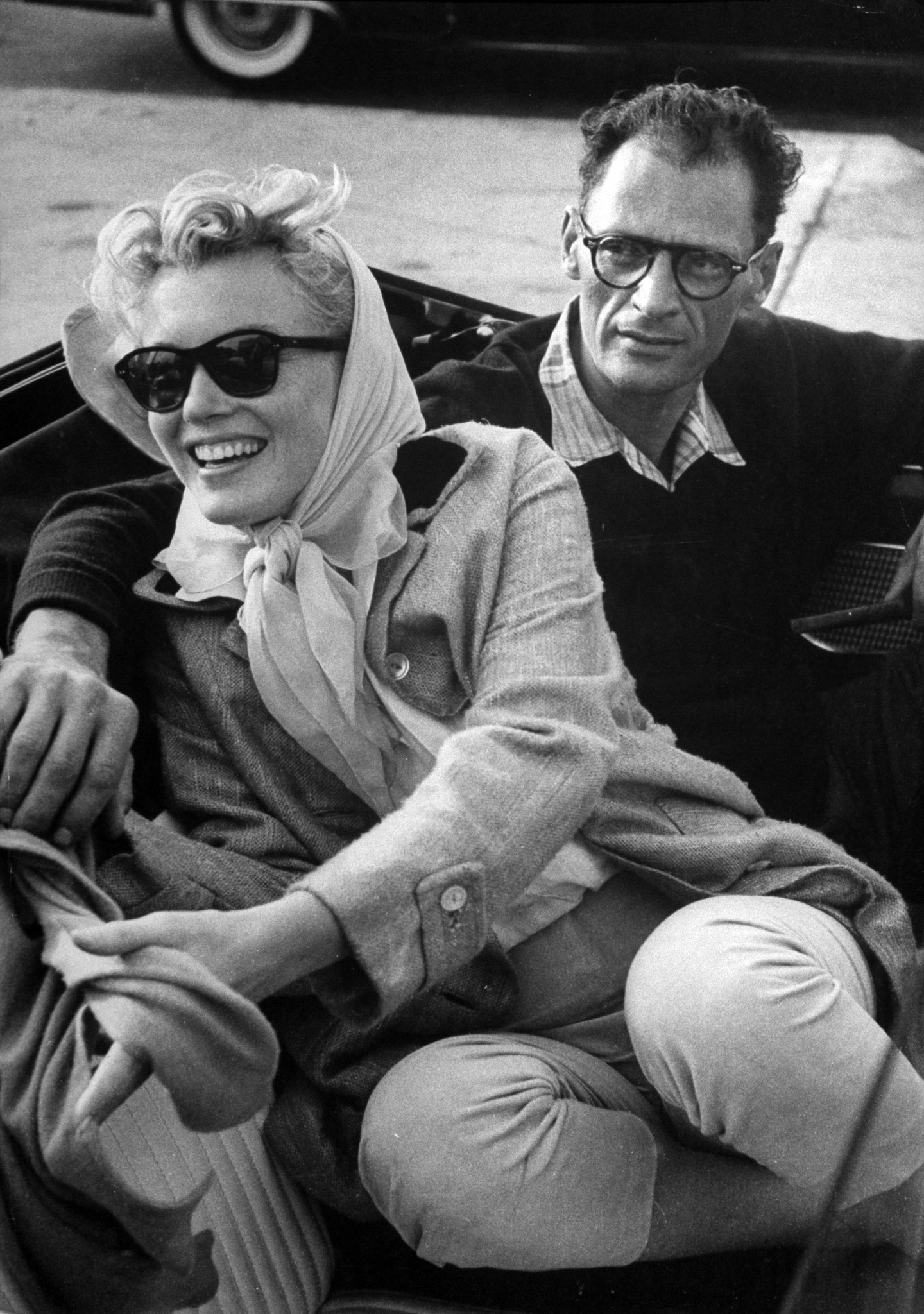
Arthur Miller is best remembered as the Pulitzer Prize-winning scribe of dozens of plays, the holder of the pen that birthed Death of a Salesman’s tragic Willy Loman and The Crucible’s morally tormented John Proctor. But, even after the critical accolades he received and the dissertations he inspired, he’s also remembered for a more personal aspect of his biography: his marriage to Marilyn Monroe.
Miller met Monroe in 1951, while he was married to his first wife and she was in between her first and second marriages. After a brief affair, they kept up a correspondence throughout Monroe’s brief marriage to Joe DiMaggio and Miller’s separation from his wife. On June 29, 1956, the pair married at the Westchester County Court House in a civil ceremony with exactly two witnesses and zero photojournalists.
But shortly after the wedding—which was followed two days later by an intimate Jewish ceremony—LIFE’s Paul Schutzer photographed the couple as they drove with a friend to Connecticut, where Miller lived. Schutzer’s photographs capture a carefree affection that would soon give way to darker times, the happy beginning to a five-year marriage that would end just 19 months before Monroe’s death.
The union would come to be plagued by an assortment of strains, which perhaps began when Monroe discovered a notebook in which Miller had scribbled his misgivings about having married her. Tormented by repeated miscarriages and the many inner demons to which she would ultimately succumb, Monroe turned to barbiturates. And Miller turned to another woman, photographer Inge Morath, whom he met on the set of The Misfits—a film he had written to offer Monroe her first dramatic role—and whom he would marry in 1962, shortly after divorcing Monroe.
Miller, who remained mum on the subject of Monroe for many years, would later say that their differences, at least in the beginning, drew them closer. “The very inappropriateness of our being together was to me the sign that it was appropriate,” he said in a 1987 interview, “that we were two parts, however remote, of this society, of this life.”
Liz Ronk, who edited this gallery, is the Photo Editor for LIFE.com. Follow her on Twitter @lizabethronk.
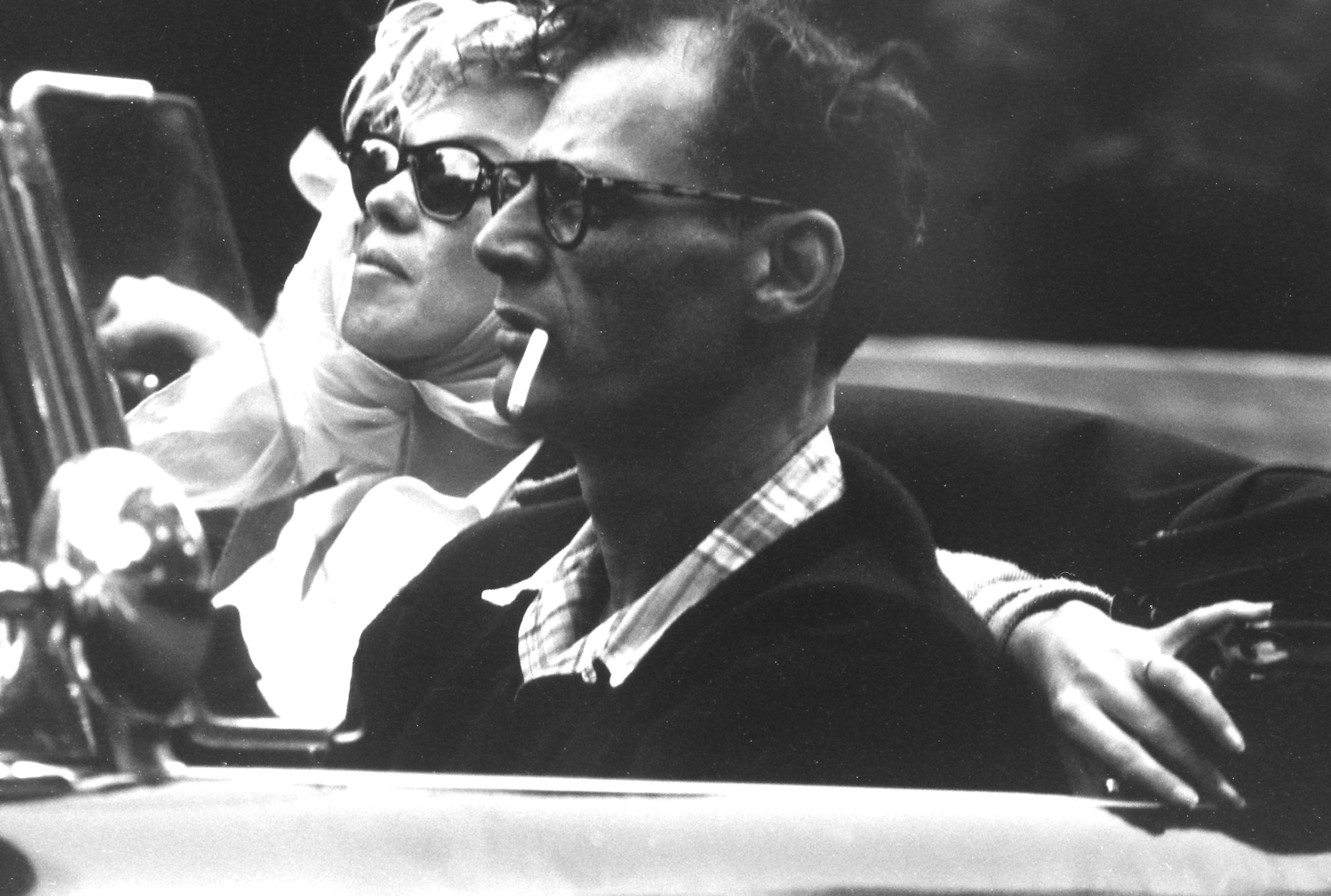
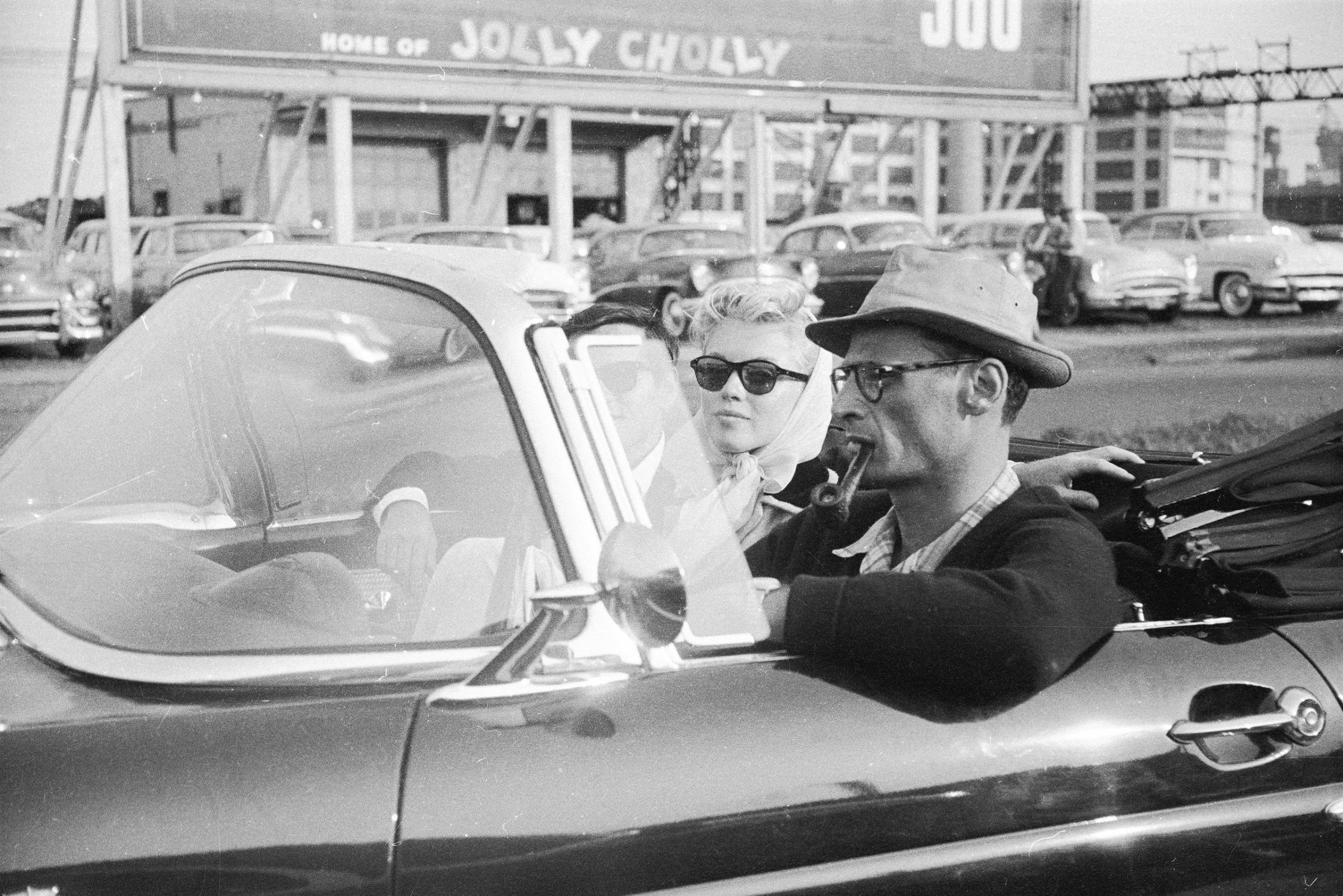
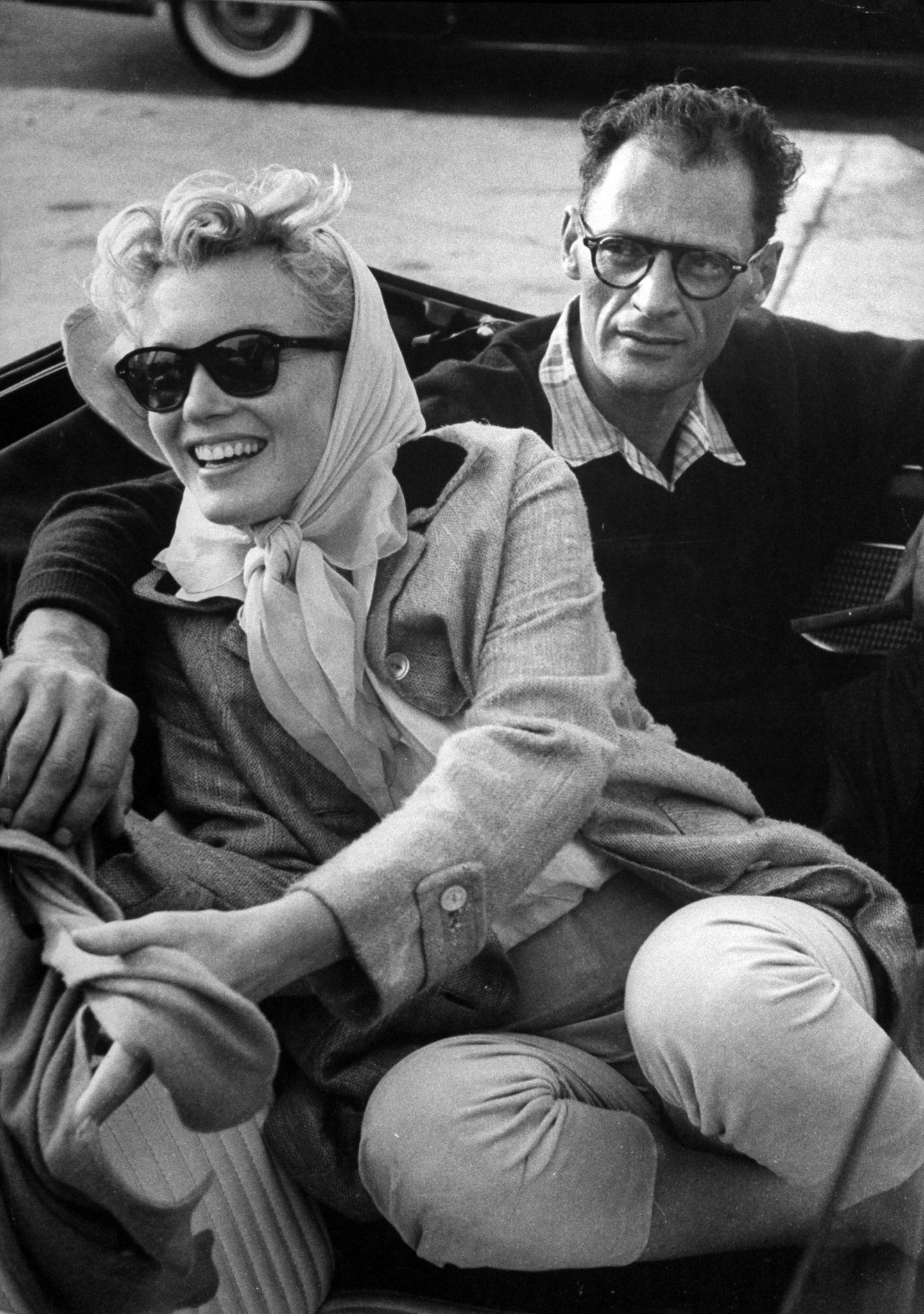
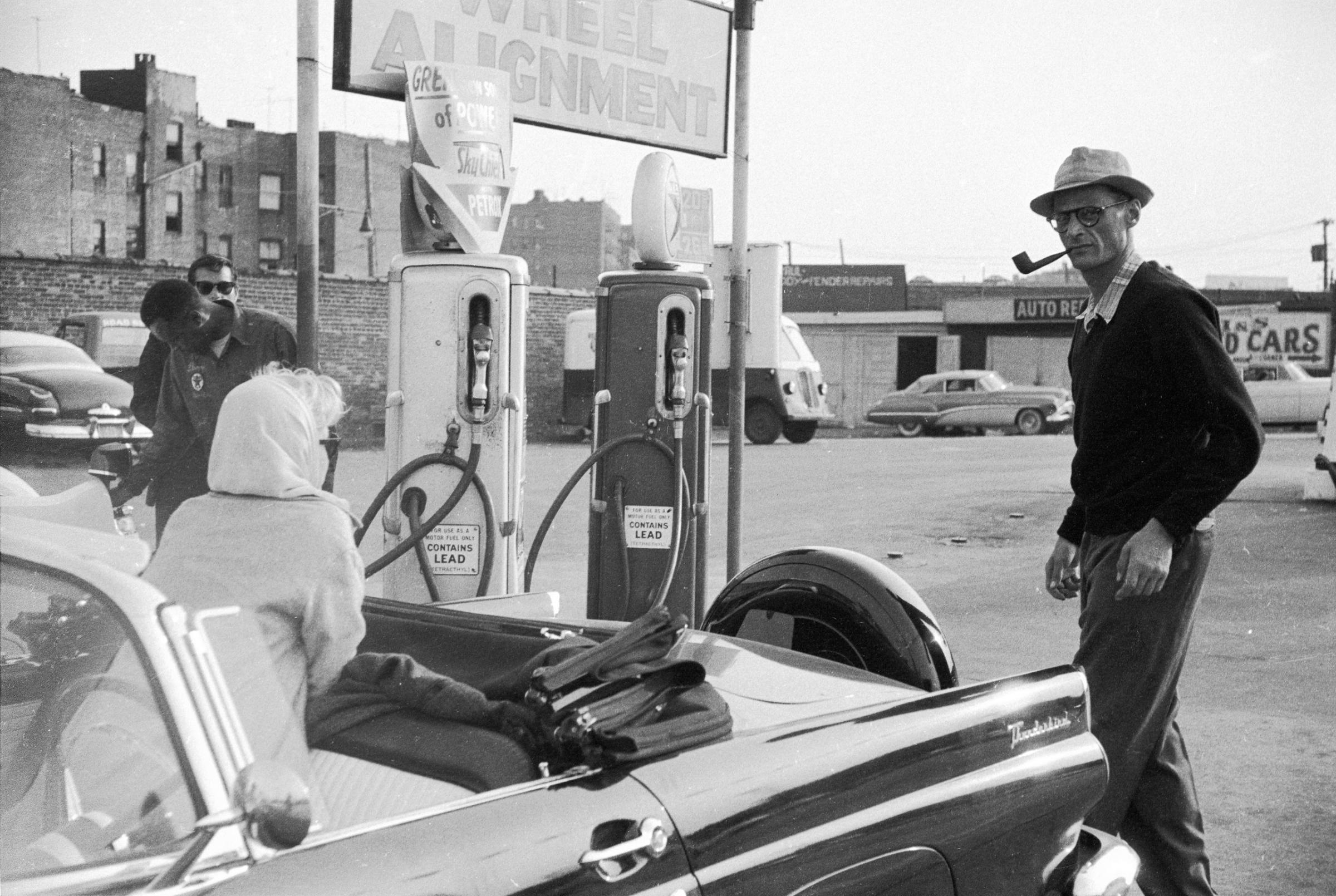
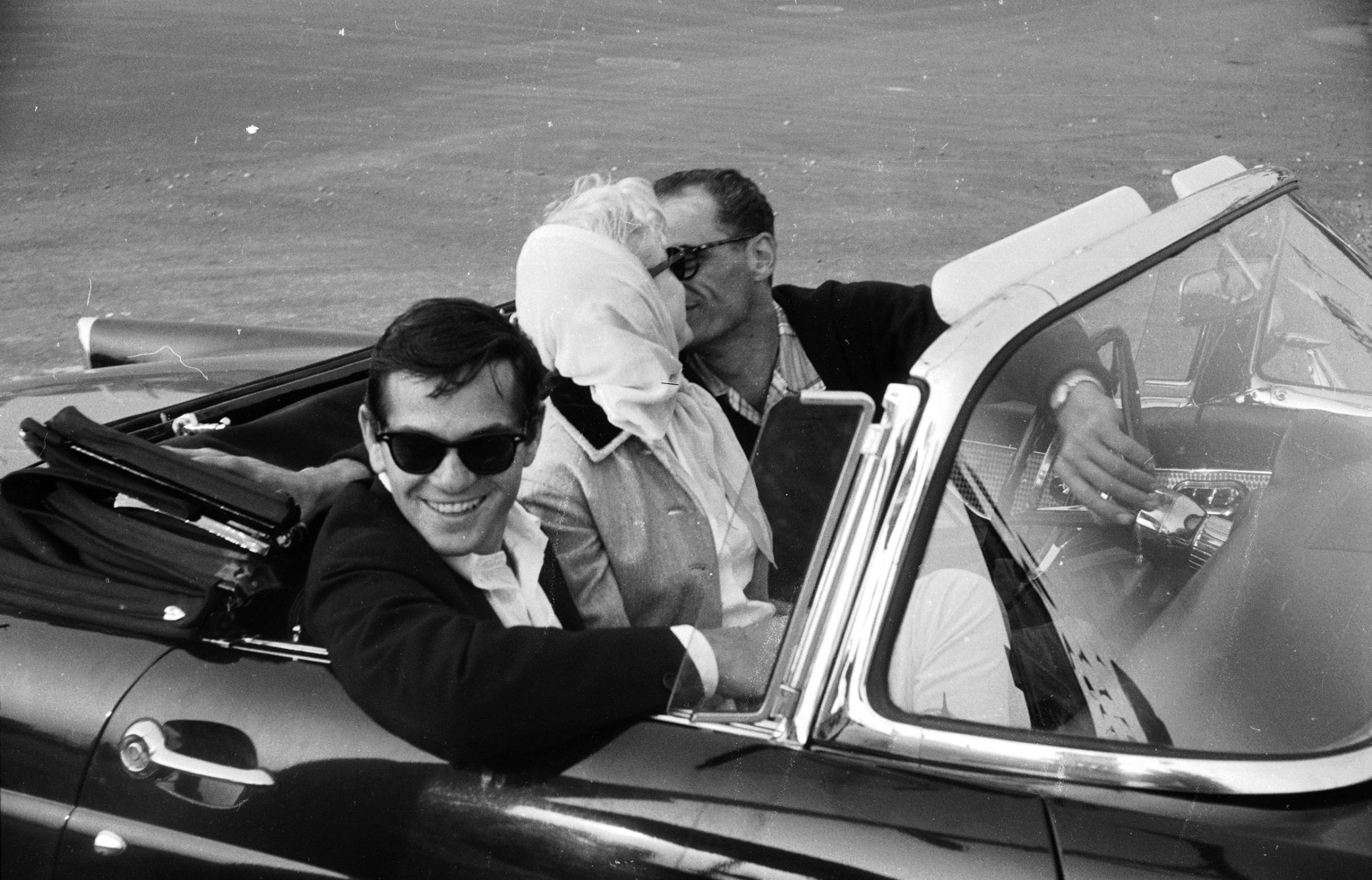
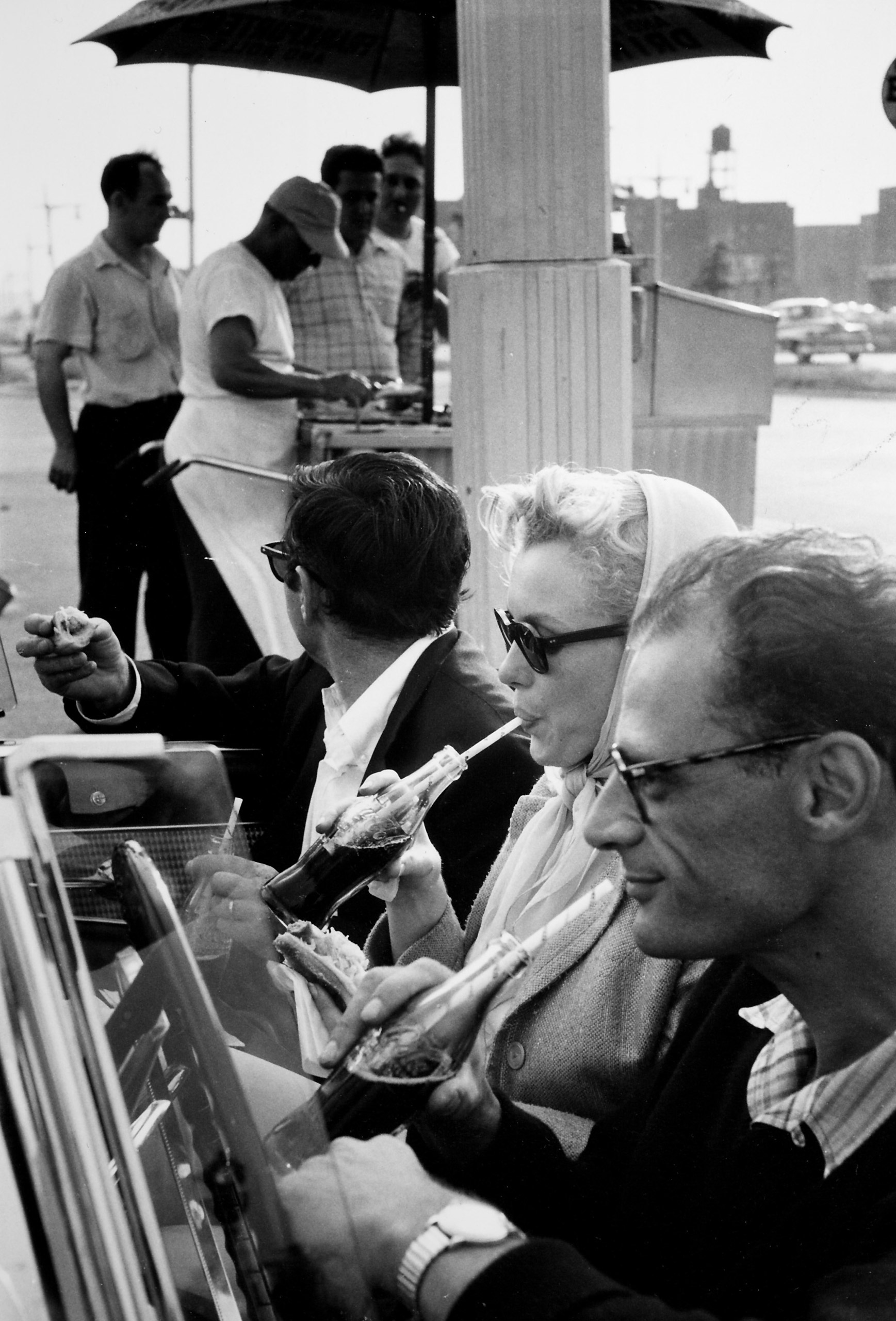
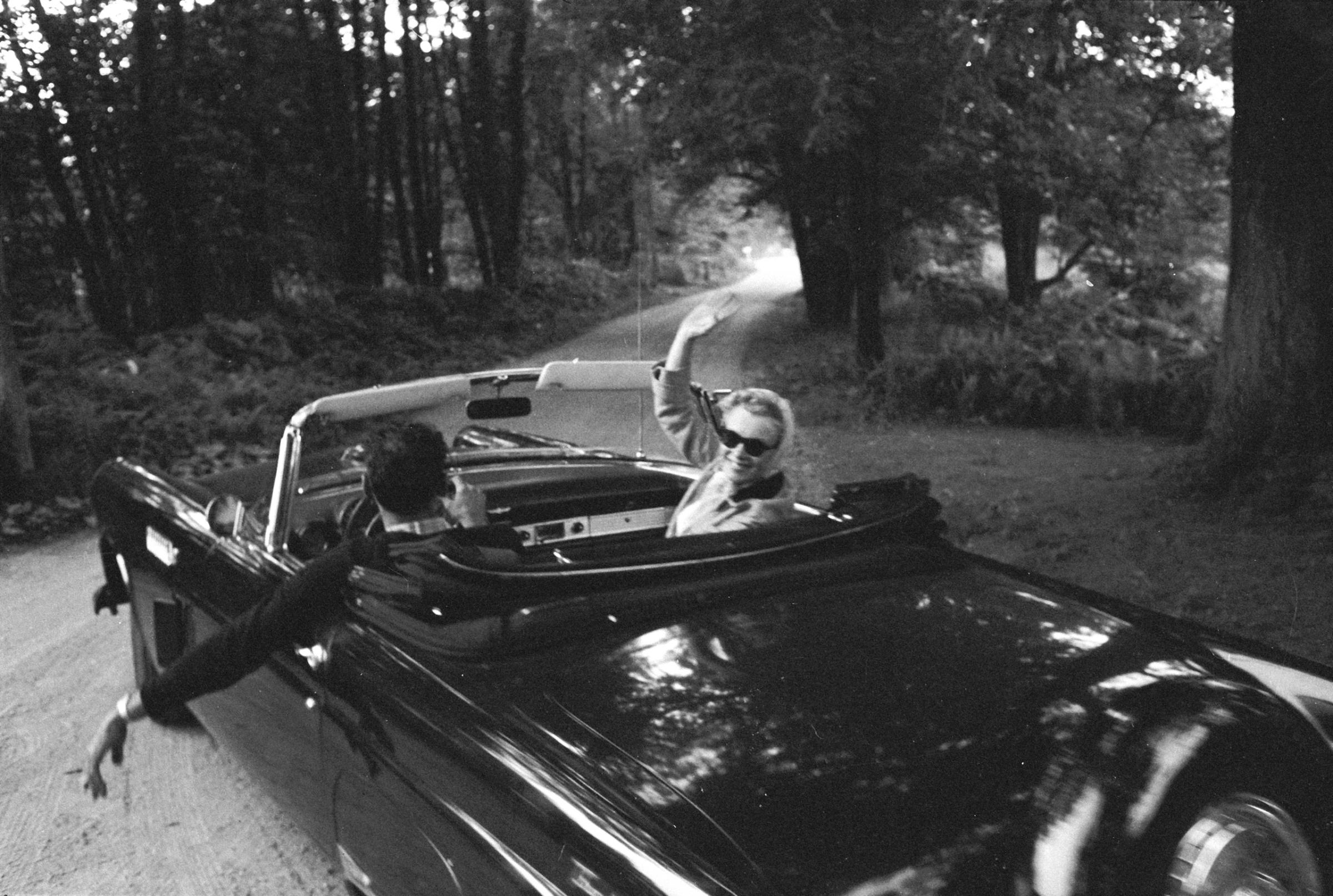
More Must-Reads from TIME
- Inside Elon Musk’s War on Washington
- Meet the 2025 Women of the Year
- For America’s Aging Workforce , ‘Retirement Is a Distant Dream’
- Why Do More Young Adults Have Cancer?
- Colman Domingo Leads With Radical Love
- How to Get Better at Doing Things Alone
- Cecily Strong on Goober the Clown
- Column: The Rise of America’s Broligarchy
Write to Eliza Berman at eliza.berman@time.com